In Focus: A self-portrait by Gaugin which fuses the real and the imaginary in a picture of narcissism and divine comparison
Lilias Wigan analyses Gaugin's 'Christ in the Garden of Olives', commenting on the painter's propensity to focus on himself, understanding the world purely as it could be viewed through his own eyes.
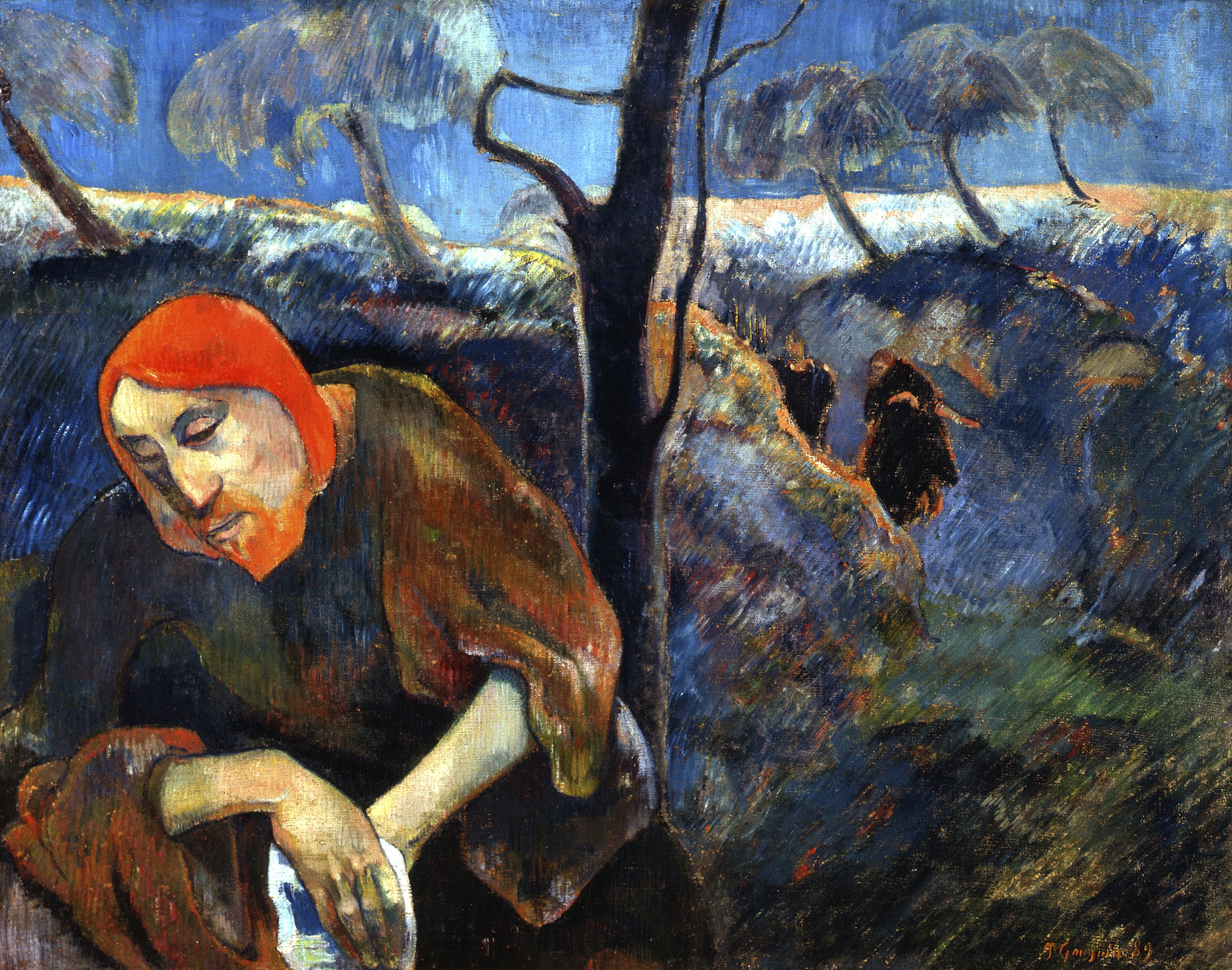
Having surrendered his Paris city job to pursue a career as a professional artist, Paul Gauguin (1848-1903) moved to Pont Aven, Brittany. By this time (1886), his relationship with his wife Mette was fraught and she had already moved back to her native Copenhagen with their children. Penniless and unaccompanied, Gauguin sought out Pont-Aven’s low-cost living, with its established artistic community.
He returned to Brittany a number of times and it was during his third stay, in 1889, that he produced Christ in the Garden of Olives, currently on view in London at the National Gallery’s The Credit Suisse Exhibition: Gauguin Portraits. Gauguin adopted various facades in his self-portraits and this particular painting epitomizes one of his favourite analogies — that between his own creative suffering and the agony of Christ. Albrecht Durer had famously done this in his Self-portrait (1500), but, whereas Durer explored the theme of artist as semi-divine creator, Gauguin’s comparison was between Christ’s anguish and his own.
‘The lack of encouragement, all scourge one with thorns’.
Christ in the Garden of Olives shows the artist as Christ on the eve of his betrayal. With striking red hair and mask-like face, he stoops in the corner at the forefront of the composition, while behind, in an imagined, exotic landscape blending themes of religion, fable, myth and local traditions, ominous figures seem to flee from the subject. The protagonist, cast as a martyr, is instantly recognisable by his profiled hooked nose and heavy eyelids. The central tree trunk divides the composition like a diptych, further isolating the Christ figure from his compatriots and reminiscent of the Cross.
Gauguin chose the familiar biblical iconography as a subject that his viewers would relate to, using the symbolic and spiritual to communicate his own suffering to greatest effect. In this, he defied the conventions of orthodox European portraiture, which was intended principally to convey a sitter’s persona or social status. His experimental work was often met with incomprehension during his lifetime, which, together with his lack of commercial success, instilled a sense of persecution, evident not only in his art, but also in his writings: ‘The lack of encouragement, all scourge one with thorns’.
‘I walk about like a savage, with long hair… I have cut myself a few spears and, like Buffalo Bill, practise spear-throwing on the beach. That then is he, whom they call Jesus Christ.’
Narcissistic by nature, Gauguin focused on himself in both his art and his writing throughout his career and strongly believed that the world could only be understood from such a personal vision. He projected himself as an artist who suffered for the benefit of his art and also wanted to be affiliated with non-European cultures. This practice of self-mythologizing is clear in a letter sent to the French painter Émile Bernard in in 1890: ‘I walk about like a savage, with long hair… I have cut myself a few spears and, like Buffalo Bill, practise spear-throwing on the beach. That then is he, whom they call Jesus Christ.’
By fusing the real and the imaginary with such determination and self-confidence, Gauguin expanded the potential of portraiture into unexplored territory.
Exquisite houses, the beauty of Nature, and how to get the most from your life, straight to your inbox.
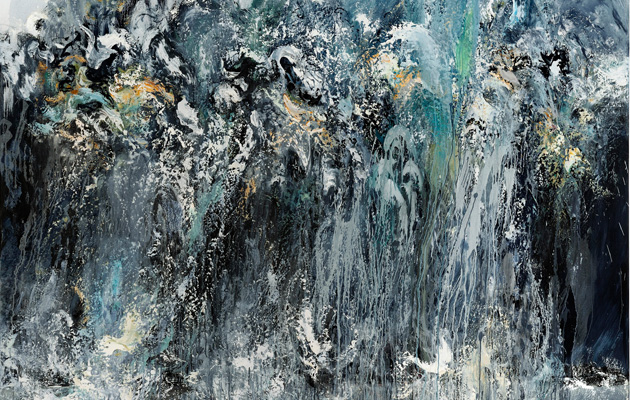
Exhibition review: Maggi Hambling: Walls of Water at the National Gallery
Lilias Wigan reviews an exhibition by the National Gallery’s first artist in residence.
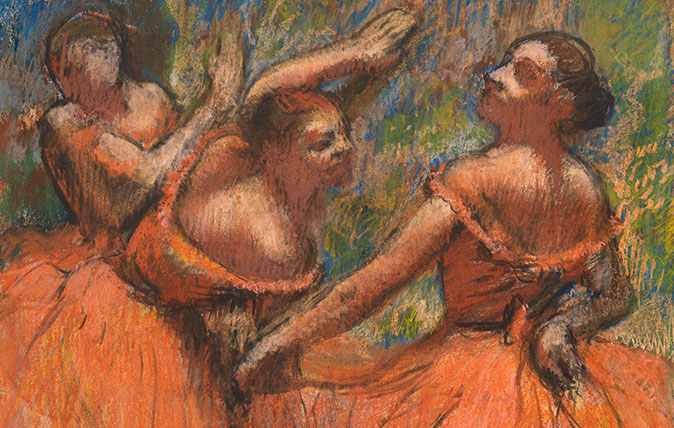
Credit: Hilaire-Germain-Edgar Degas - The Burrell Collection, Glasgow © CSG CIC Glasgow Museums Collection
In Focus: The Degas painting full of life, movement and 'orgies of colour'
Lilias Wigan takes a closer look at one of the key work's at the Degas exhibition at the National Gallery
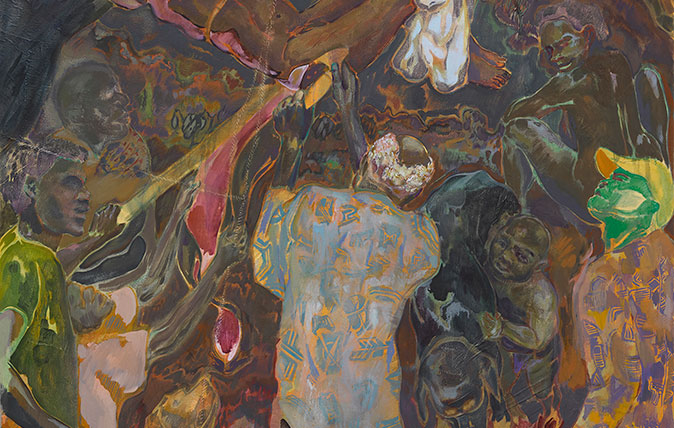
Credit: Michael Armitage, The Flaying of Marsyas, 2017. © Michael Armitage. Photo © White Cube (Ben Westoby). Courtesy of the Artist and White Cube.
In Focus: Michael Armitage's image of African violence that points the finger back at the western world
Michael Armitage's The Flaying of Marsyas is the centrepiece of his exhibition in South London. Lilias Wigan examines it in
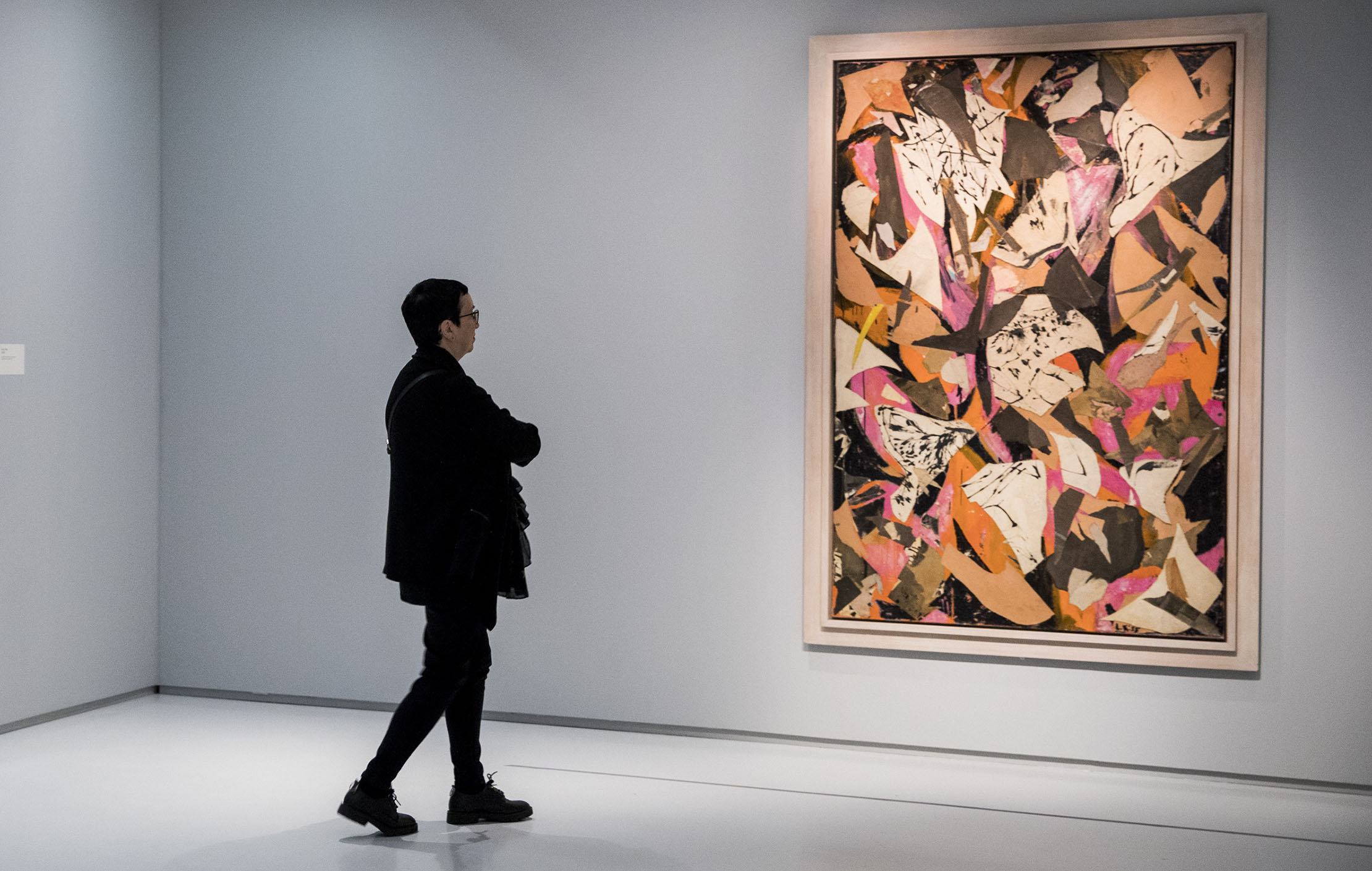
In Focus: The Bald Eagle, America's symbol, 'torn apart, deranged and fragmented' by Lee Krasner
Lee Krasner's bold work is the subject of an exhibition at The Barbican. Lilias Wigan paid a visit, and focuses
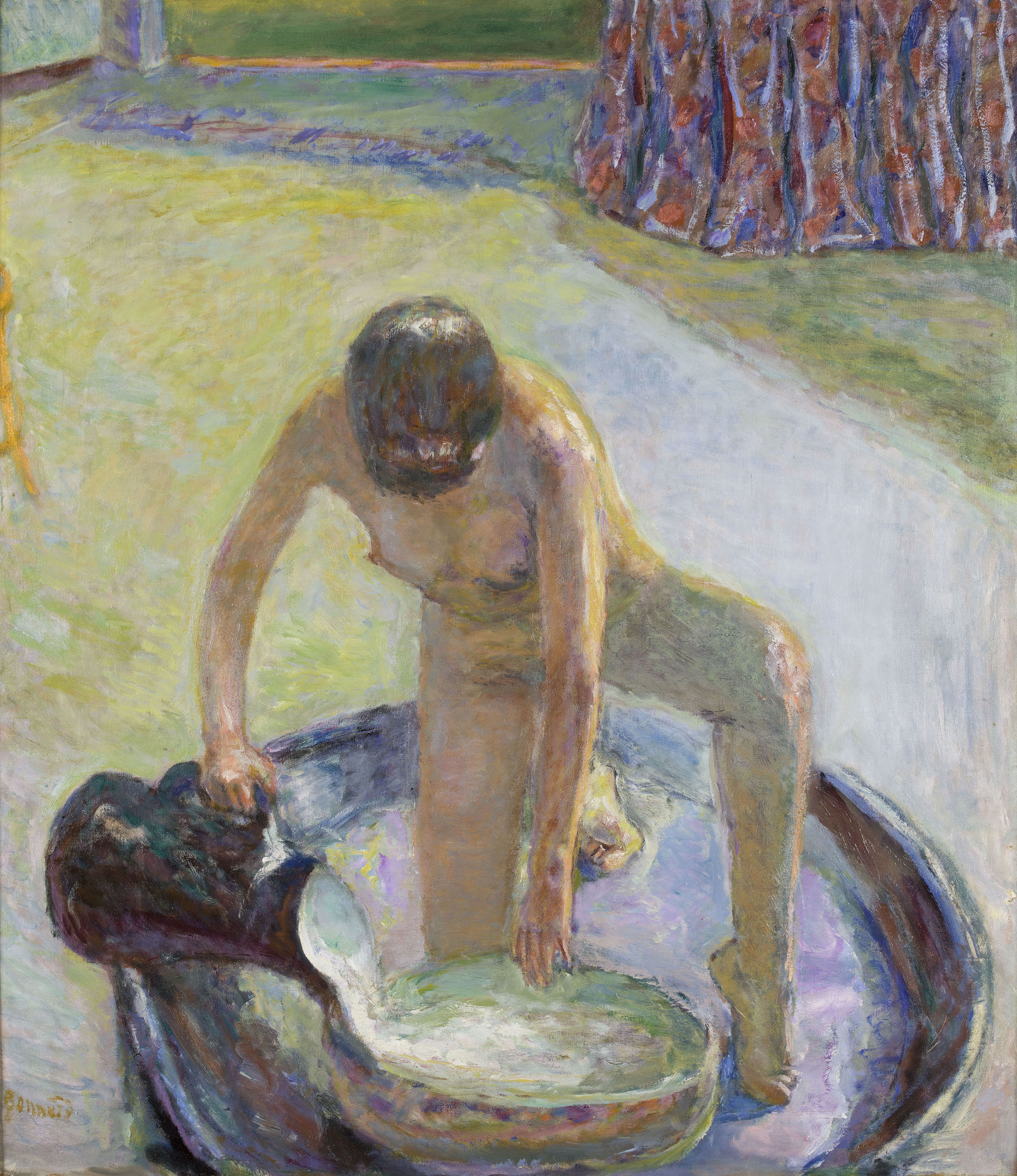
In Focus: How Pierre Bonnard used photography to help him paint pictures that would once have been near-impossible
The mysterious French artist Pierre Bonnard is the focus of a new exhibition at Tate Modern. Lilias Wigan went along.
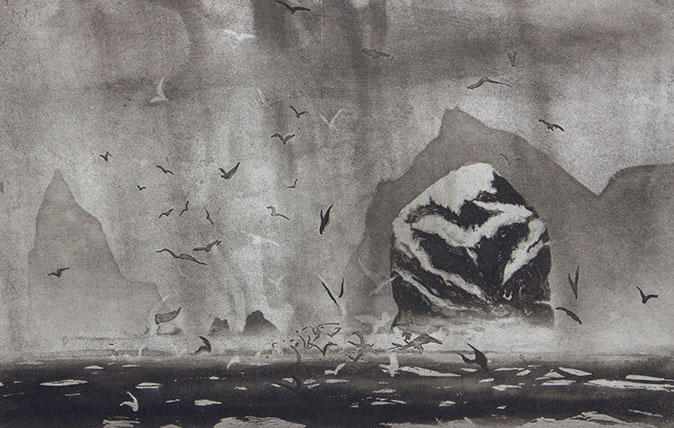
In Focus: The Norman Ackroyd landscape etchings that have sparked comparisons with Turner
This week marks the last chance to see Norman Ackroyd's sublime exhibition in Richmond. Lilias Wigan urges you to take
-
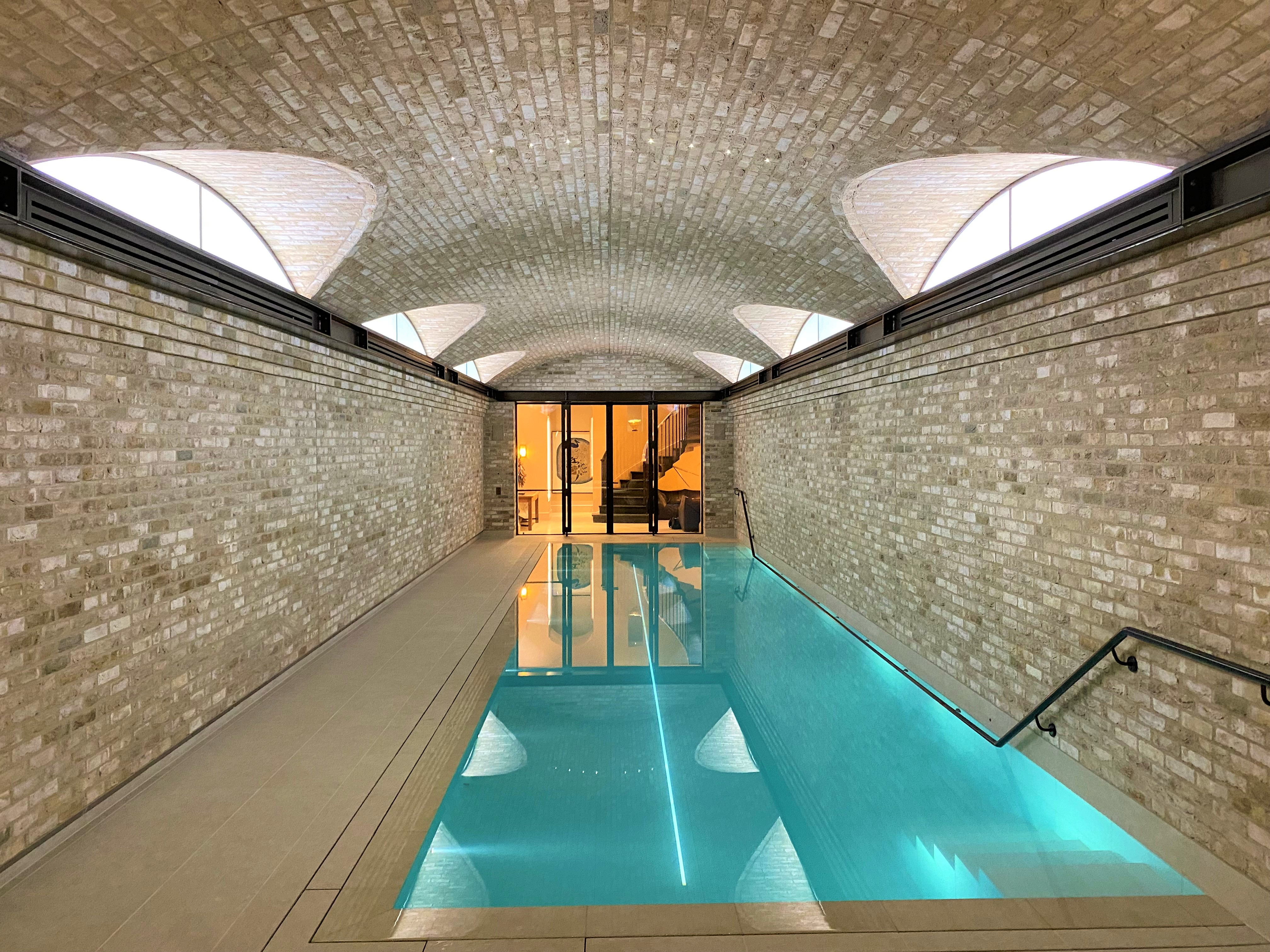 BLDA Architects
BLDA ArchitectsChelsea-based BLDA Architects have a team of architects, interior designers, and technicians.
-
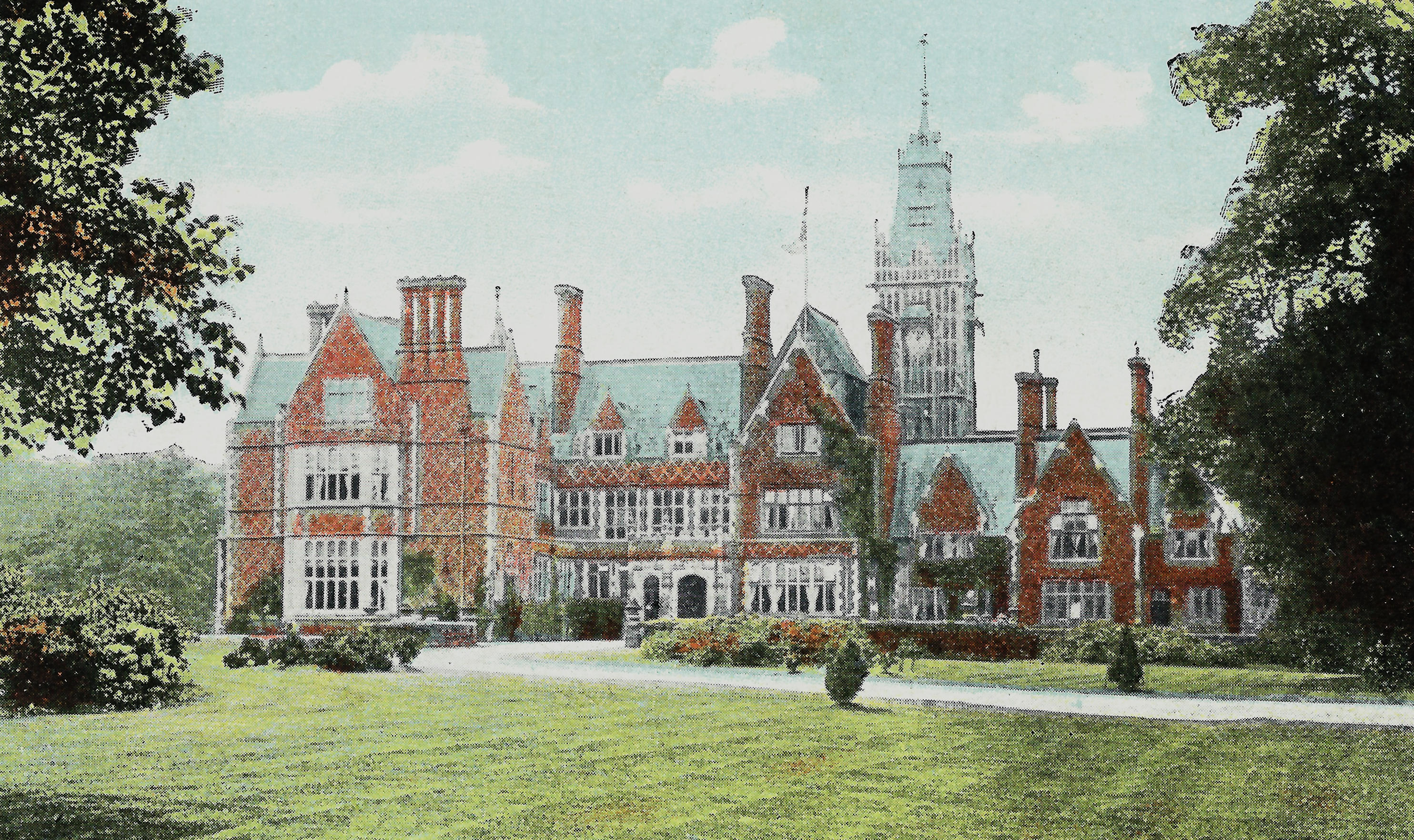 'Never has there been a more important time to publicise great Victorian and Edwardian buildings in peril': The importance of saving our historic buildings
'Never has there been a more important time to publicise great Victorian and Edwardian buildings in peril': The importance of saving our historic buildingsFor the 16th year, the Victorian Society is calling on the public to nominate Victorian or Edwardian buildings in England and Wales that are in need of saving.
-
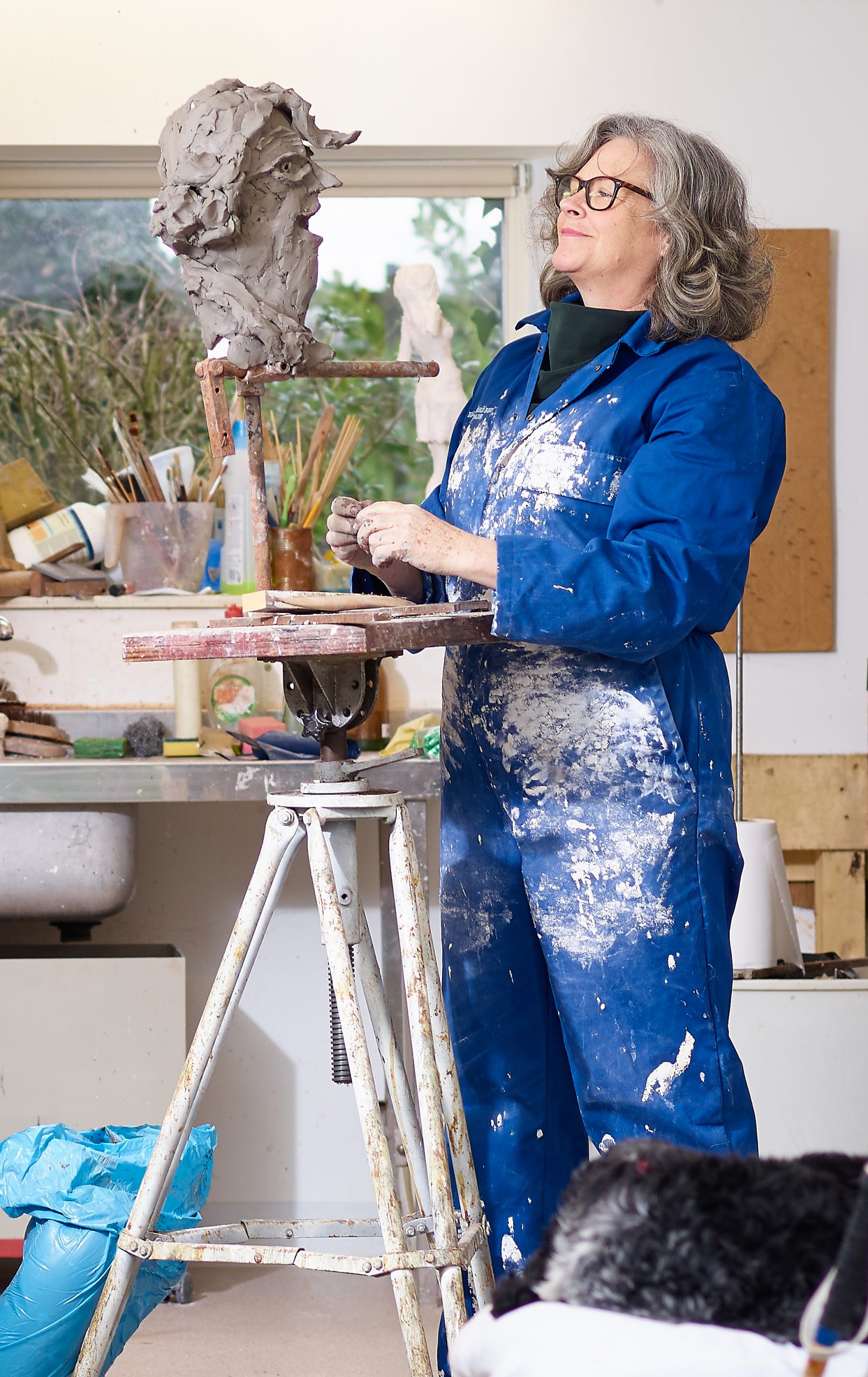 In Focus: How the 'Tottering Hall' cartoonist became a sculptor
In Focus: How the 'Tottering Hall' cartoonist became a sculptorBest known as the creative force behind Dicky and Daffy, it was her son’s death that prompted Annie Tempest to learn ‘the grammar of the sculptor’s language’, discovers Ian Collins.
-
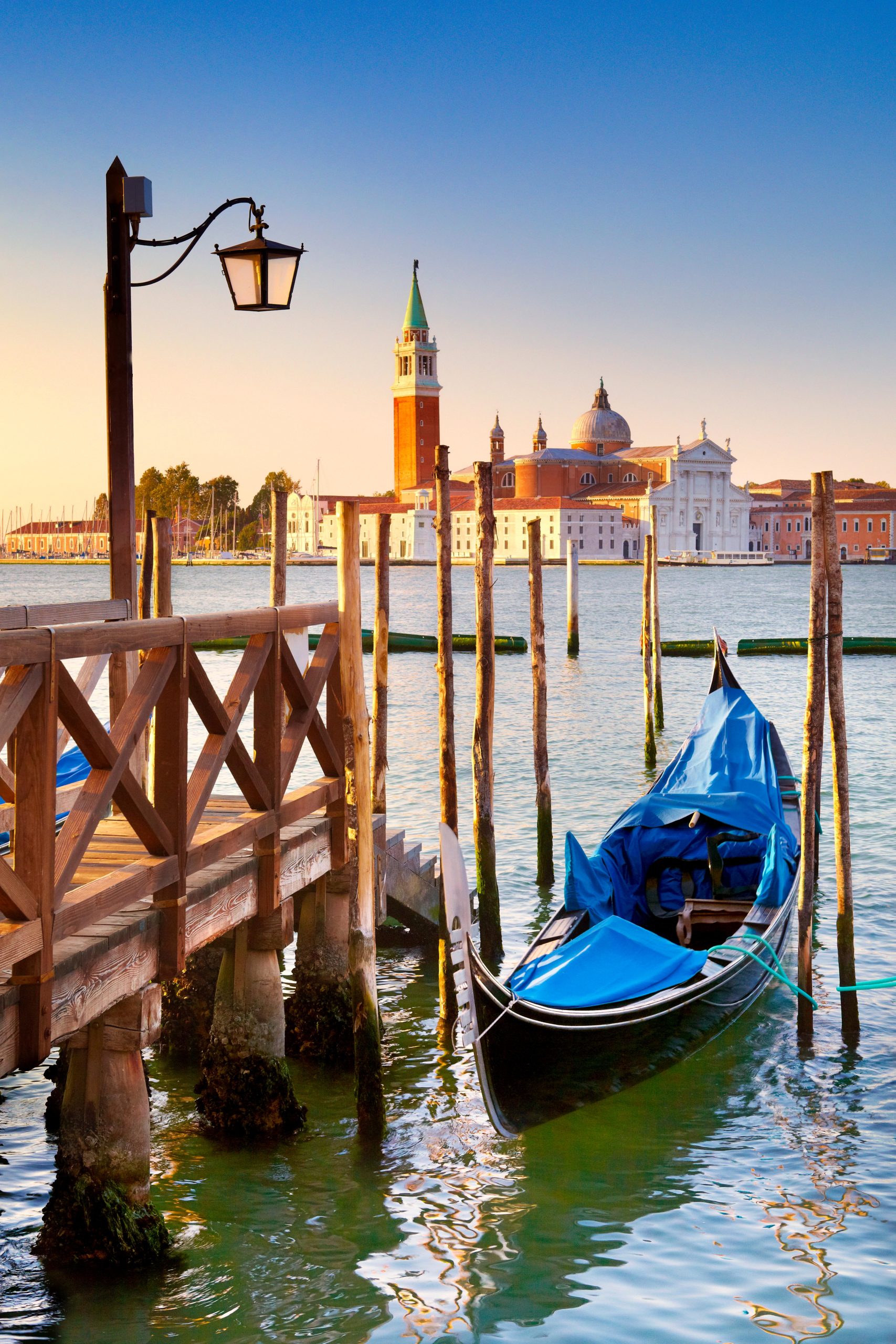 In Focus: How Italy inspired JMW Turner
In Focus: How Italy inspired JMW TurnerMary Miers considers how the country that fascinated Turner from youth shaped his artistic vision.
-
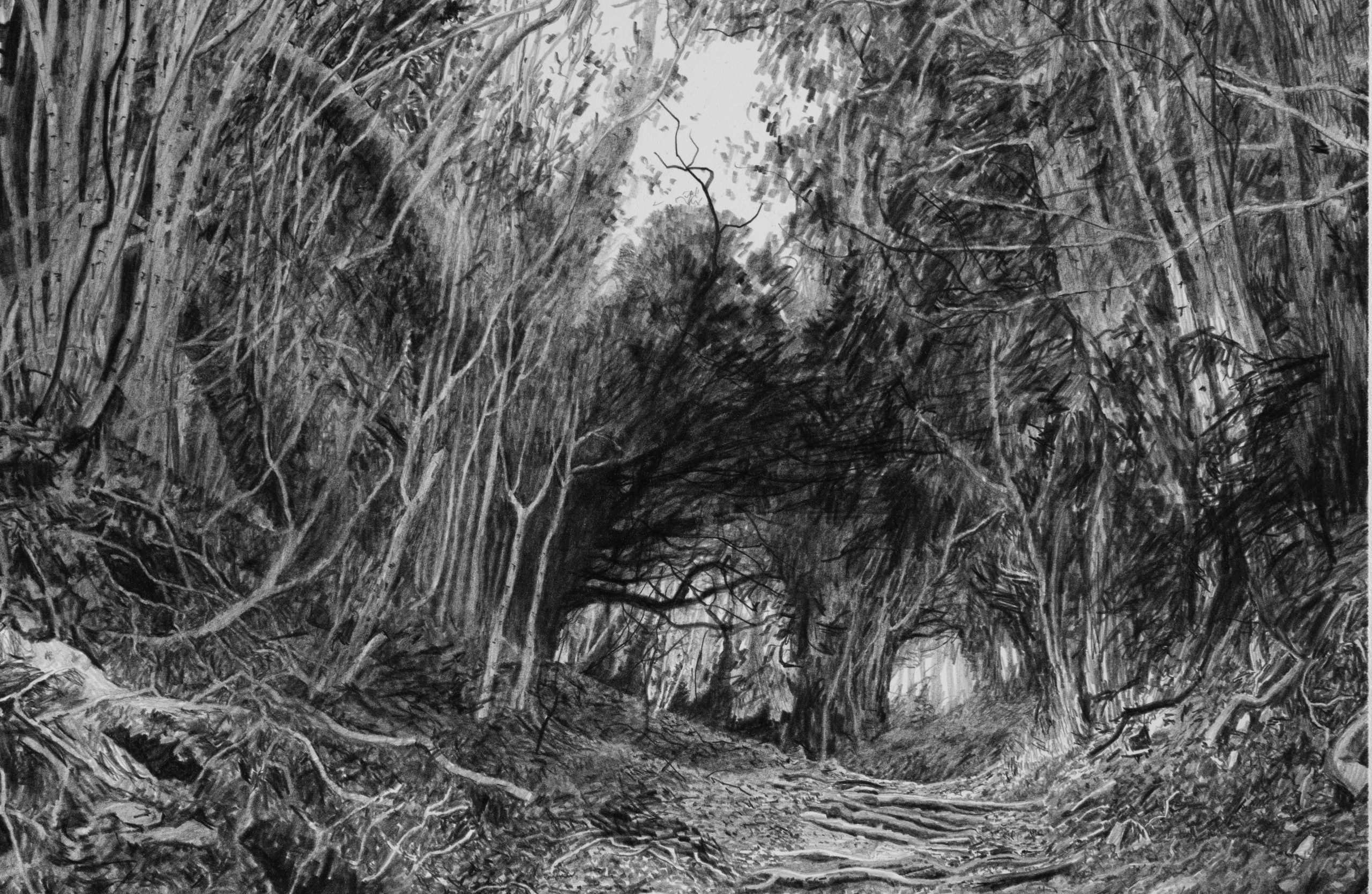 In Focus: Why the eerie thrives in art and culture
In Focus: Why the eerie thrives in art and cultureThe tradition of ‘eerie’ literature and art, invoking fear, unease and dread, has flourished in the shadows of British landscape culture for centuries, says Robert Macfarlane.
-
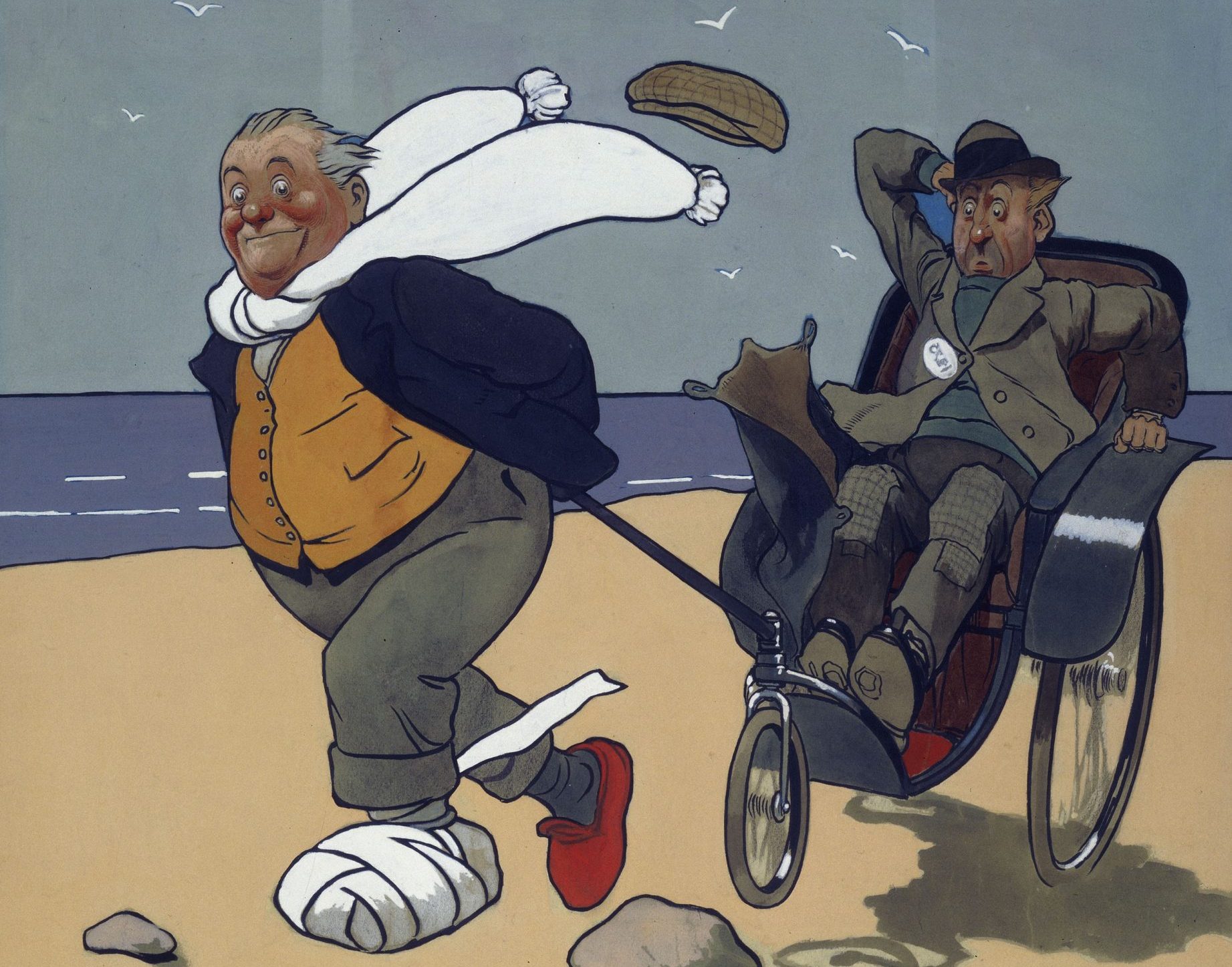 In Focus: John Hassall's iconic travel posters
In Focus: John Hassall's iconic travel postersThe works of British poster king John Hassall remain a breath of fresh seaside air, says Lucinda Gosling.
-
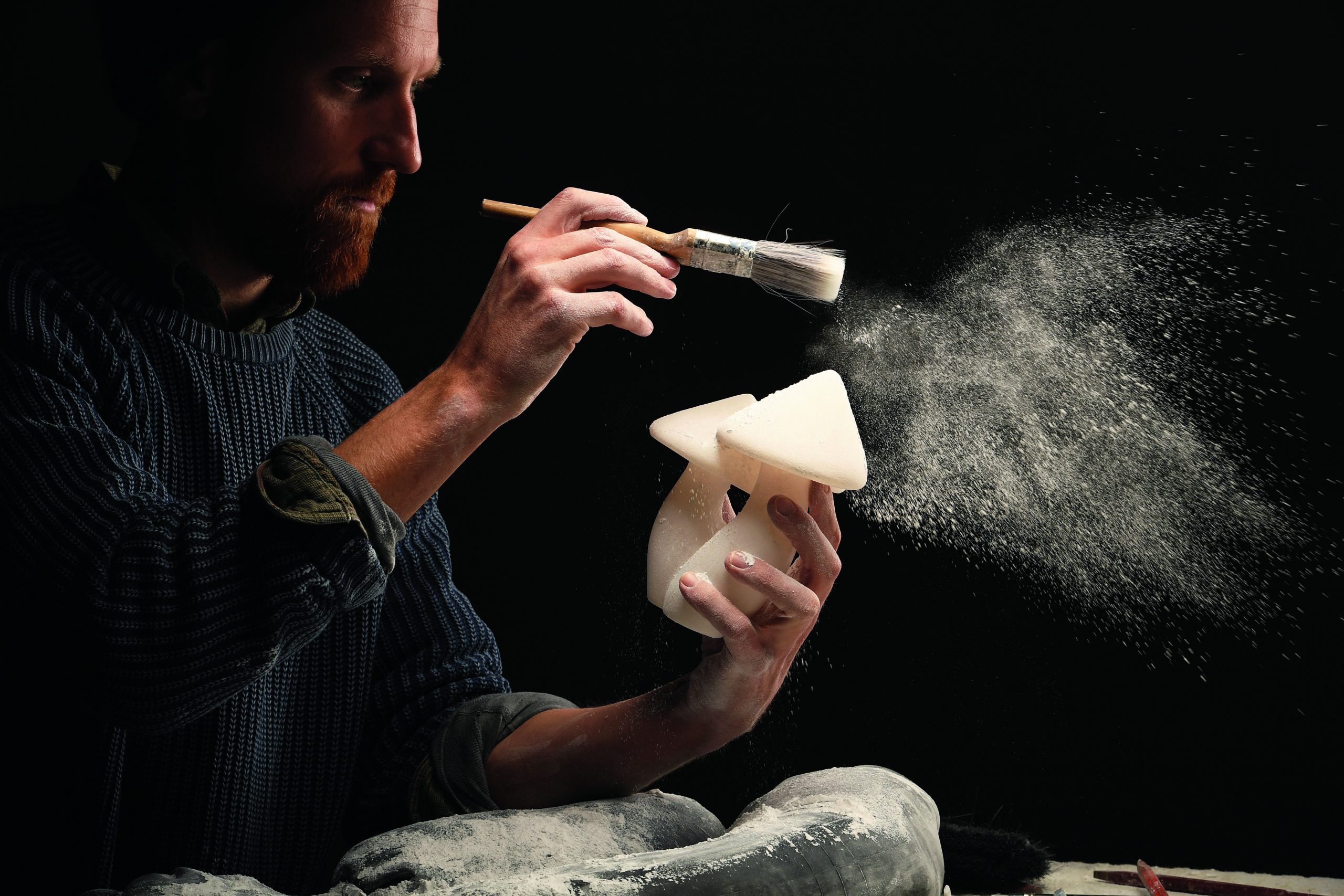 In Focus: the fungi sculptures that bend stone into soft, flowing forms
In Focus: the fungi sculptures that bend stone into soft, flowing formsThey may look as delicate and organic as the real thing, but Ben Russell’s sculptures of fungi, cacti and roots will outlast us all, believes Natasha Goodfellow.
-
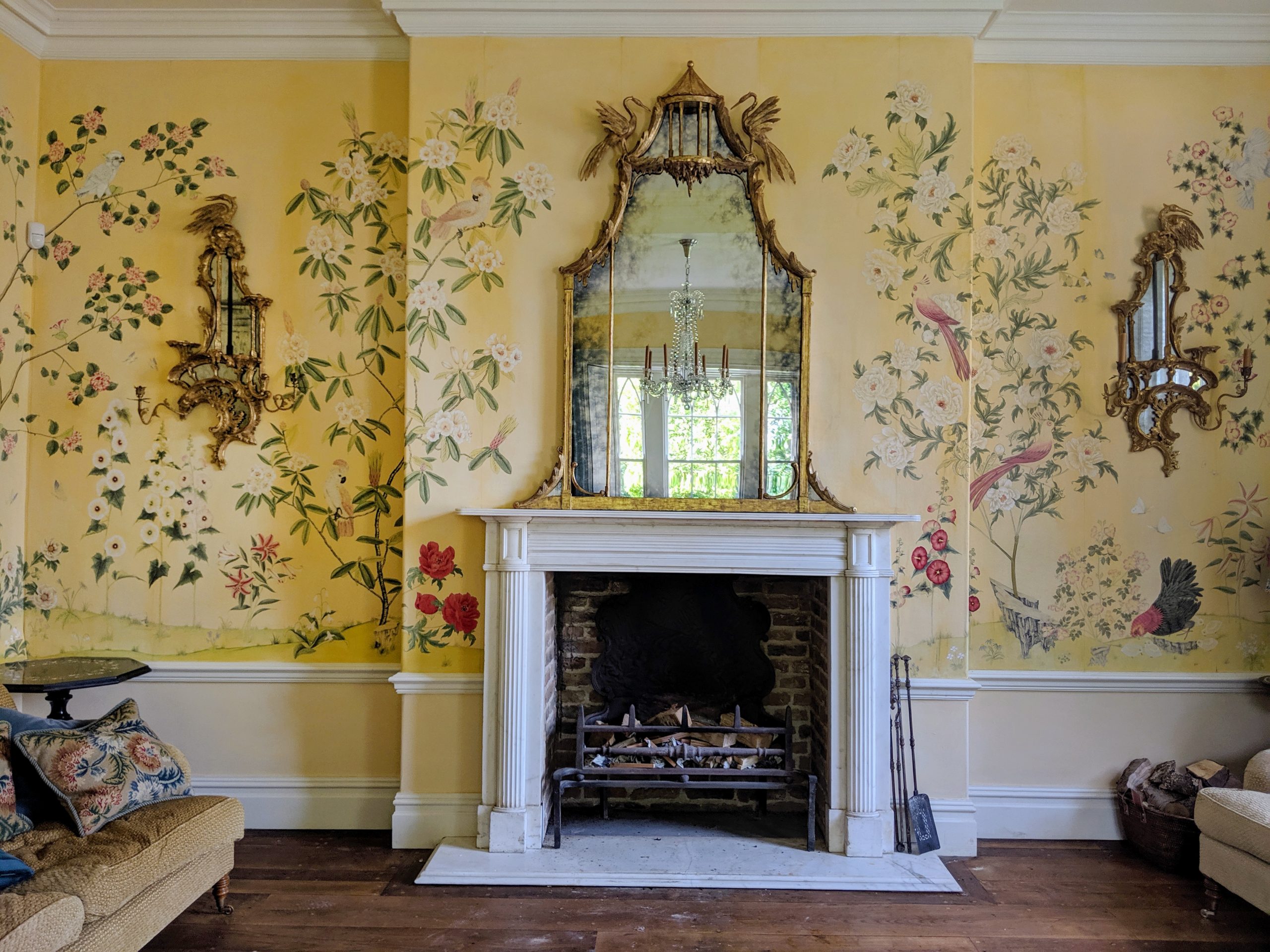 In Focus: How 21st century artists are reviving the art of the fresco
In Focus: How 21st century artists are reviving the art of the frescoOnce practised by Michelangelo, Raphael and da Vinci, the art of fresco creation has changed little in 1,000 years. Marsha O’Mahony meets the artists following in their footsteps.
-
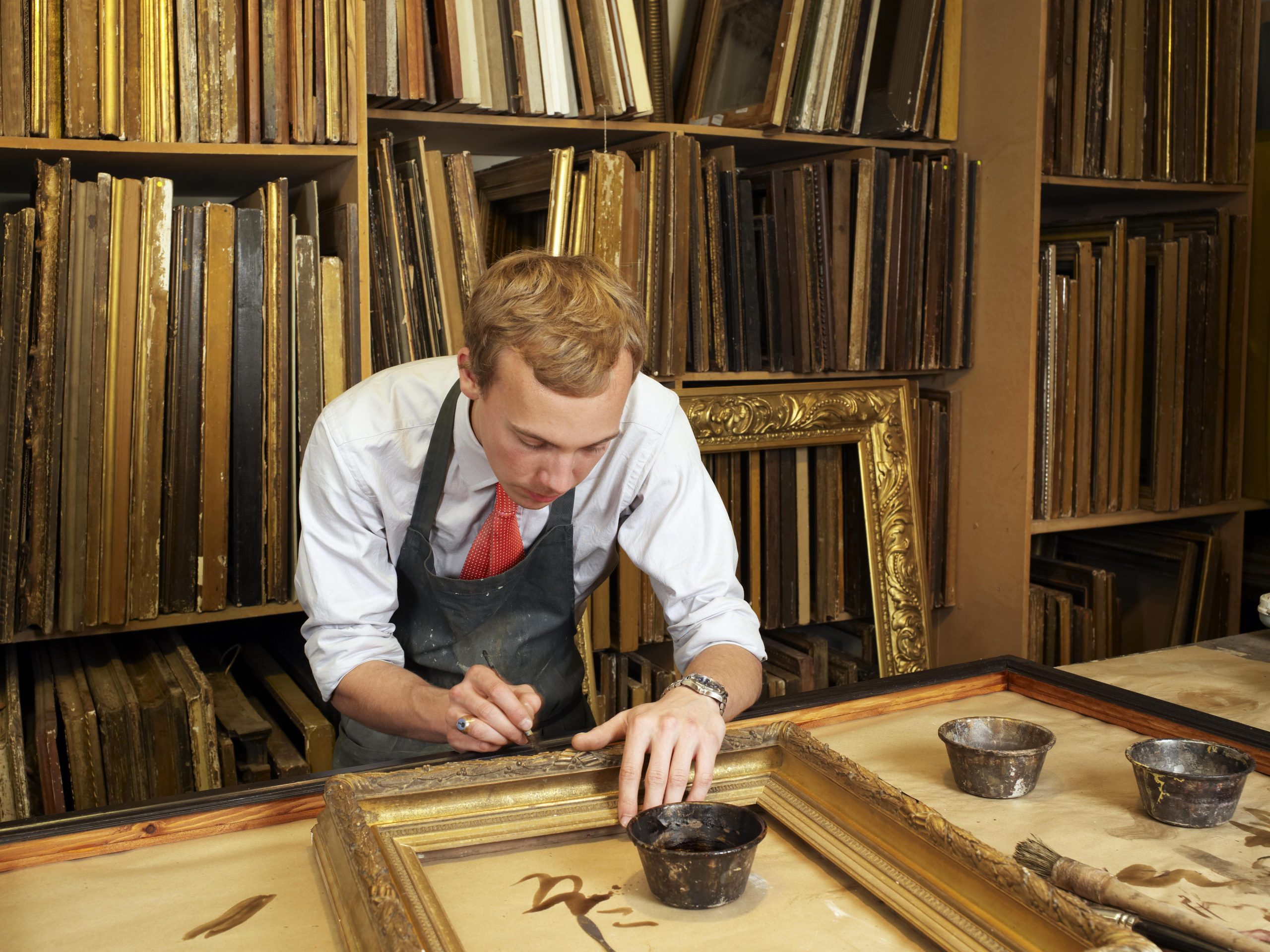 Why a good frame can be a work of art in its own right
Why a good frame can be a work of art in its own rightCatriona Gray retraces the history of frames, admires the craftsmanship required to make them and discovers what's the best way to preserve them.
-
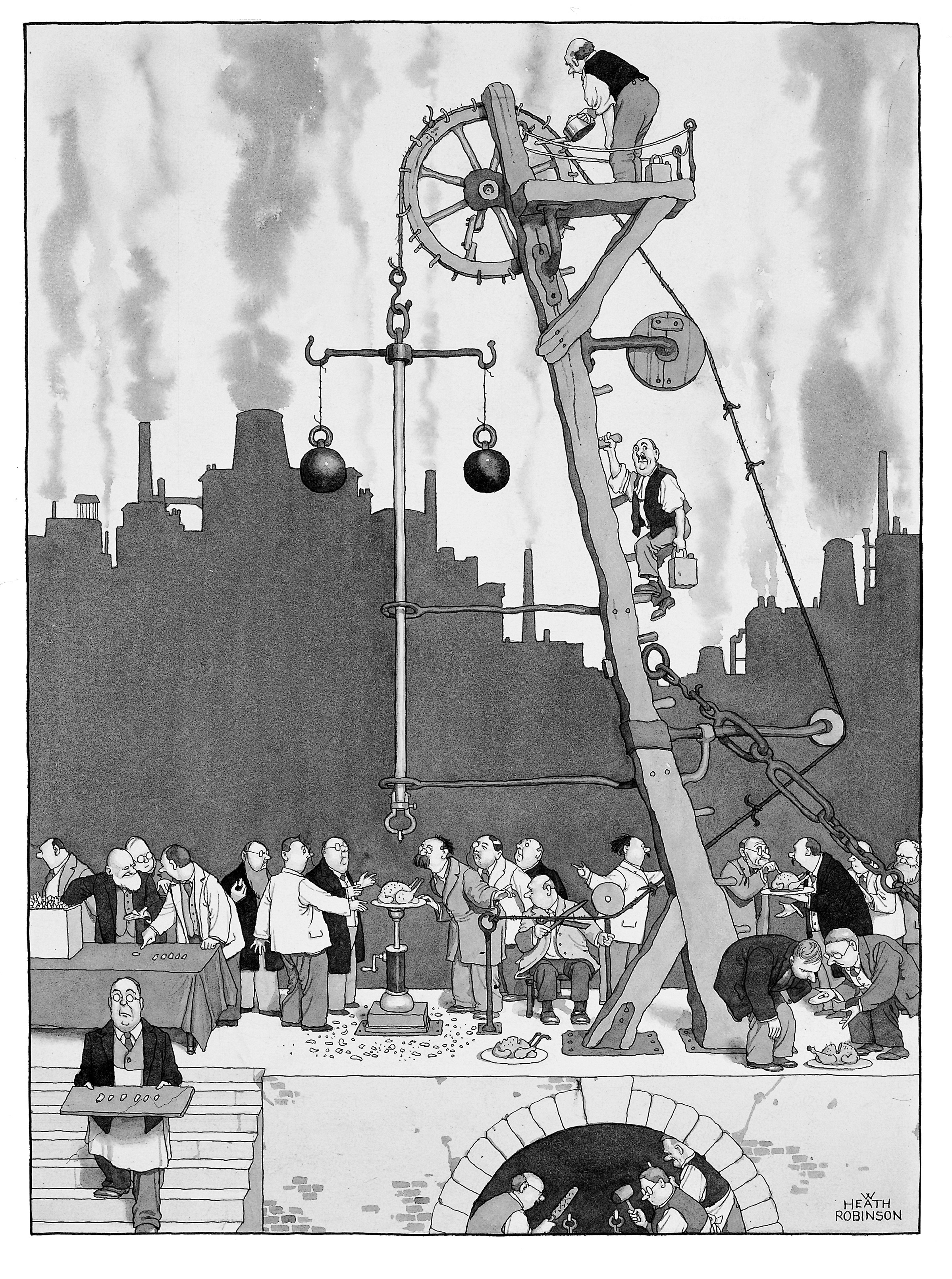 In Focus: The Heath Robinson Museum at Pinner, home to decades of gently satirised modern life
In Focus: The Heath Robinson Museum at Pinner, home to decades of gently satirised modern lifeHuon Mallalieu tells the story of the small museum in Middlesex, where you'll find the last records of the county before it became overrun by suburbia.